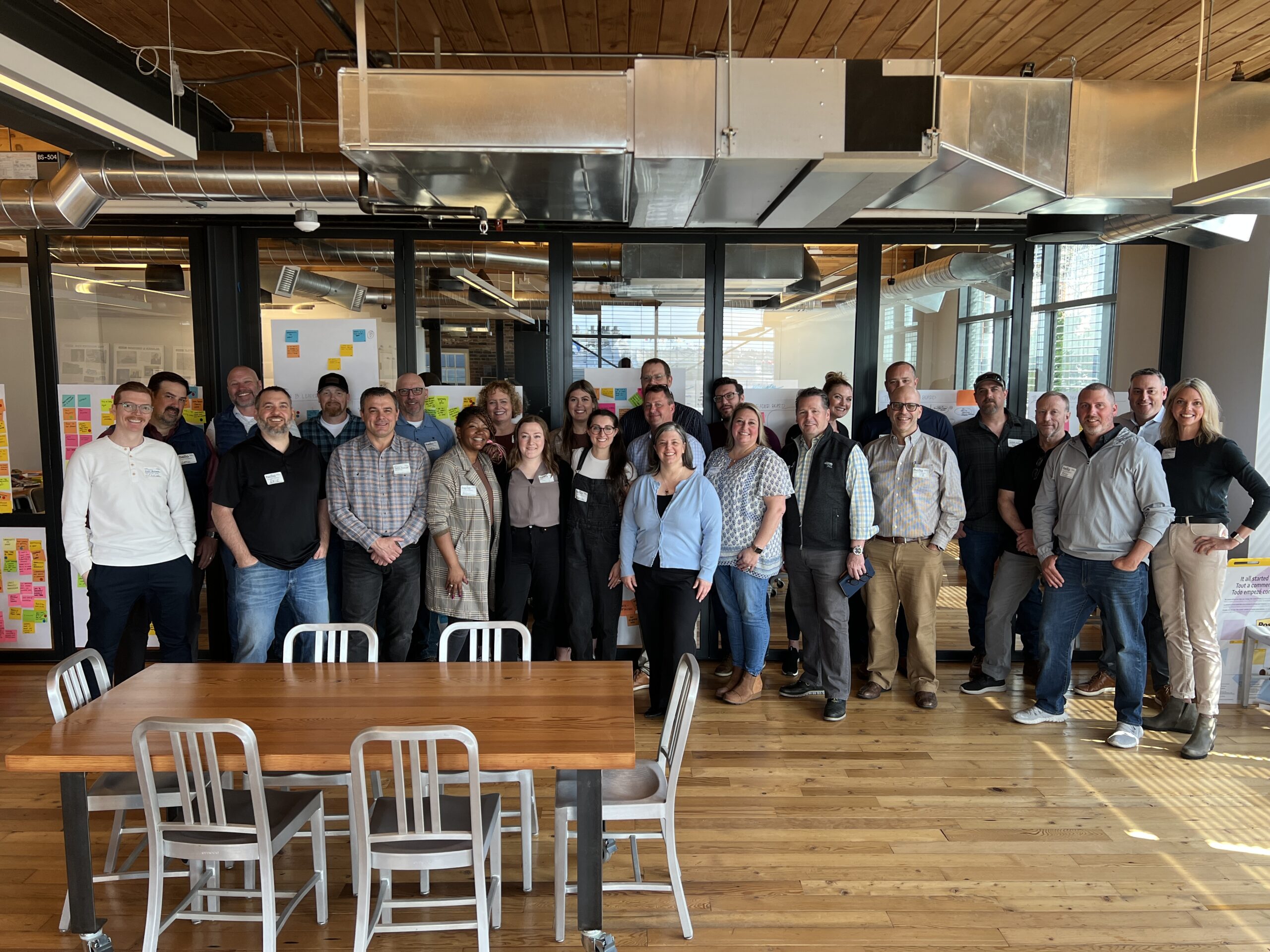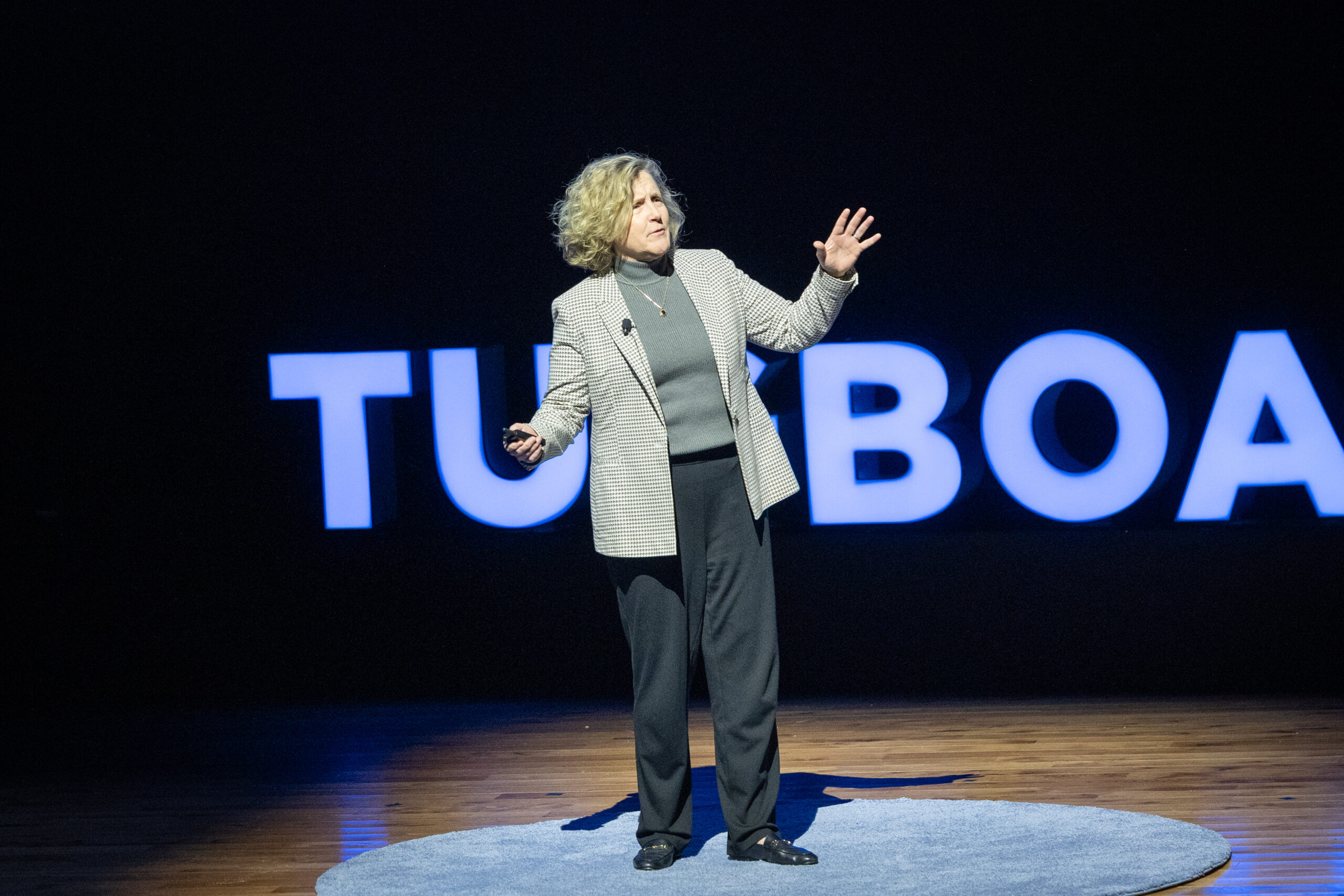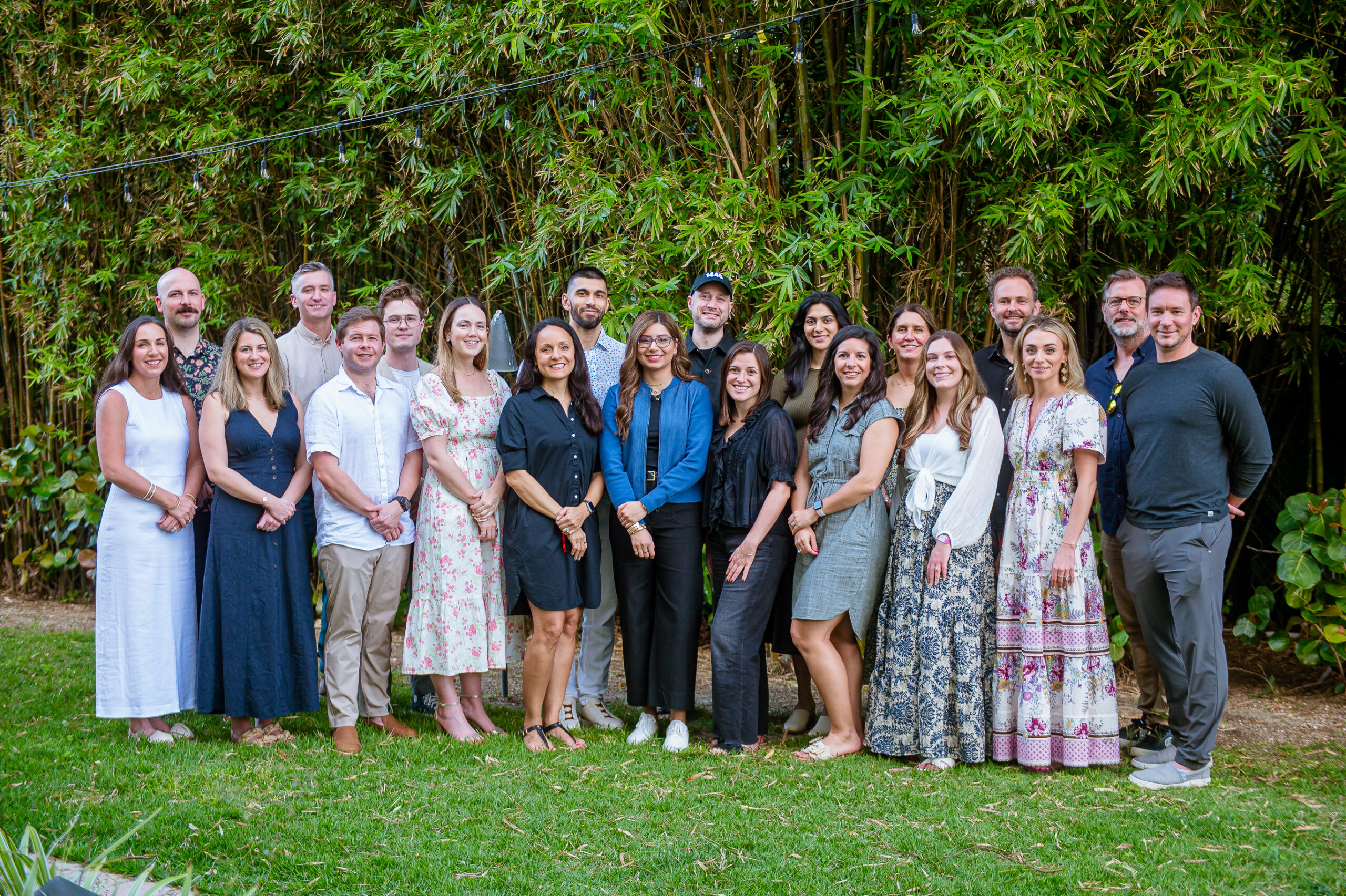

Lessons From a Turnaround CEO
When I agreed to come on board as the turnaround CEO of SKG, the exclusive dealer of MillerKnoll furniture in Central, South, and West Texas, I understood two things very clearly. First, there were problems to fix. Second, the potential for a great company was there.
Although I had not yet adopted the lens and language of an Evergreen® Business, I can tell you now that when I joined SKG, they had several of our principles solidly in place, but were in great need of improvement on the others. SKG has always been a people first company, they have always had a strong culture, they have always been highly focused on the customer experience, and they have always been private.
My explicit task when coming on board was to help advance the profit and growth of SKG. I discovered, however, that there were other issues that needed to be addressed to get the turnaround underway. SKG lacked a clear purpose, and they were not an innovative organization.
The fundamental problem with the purpose of SKG when I joined was that not everyone agreed on what it was. The founder had a purpose that drove her work – people first – and some key board members had a different purpose – growth and profitability. To me, those were all important but sometimes came into conflict. We needed to unify around one clear purpose. I started driving change from the articulation of our new core compass: At SKG, we are innovative, we take care of people, and we drive impact in our community, both locally and globally. As I stepped into the work of rebuilding this company, I led with this vision.
I started with people. I had some great people on my team and many of them are still here today. But the organization, down to the physical space of the office, was all wrong. I had to get the right people in the right places, both literally and on the org chart. The process felt like a shake-up to some and was further complicated by the fact that the company’s founder was still in leadership and very present. I don’t think there is any other place to start when you set out to re-build a company and it was hard work.
I am an operator, so after the initial reshuffling was underway, I turned my attention to the team that would drive the profit and growth. As a growth-focused leader, I was able to see where the market potentials were and I focused my attention on making the changes and setting expectations in the sales department that would set us on a path for the growth I was targeting. This work was no easier than the work on the people front and I found myself spending as much time and energy dismantling the structures that were in place as I did on the rebuild. It was effective and in just about three years, we moved from a $13M business to a $60M+ business.
Once I had the organizational structure, the physical office, and the sales teams where I wanted them, I started a systematic review and restructuring of each department. I found as I went that we had to break down almost everything and rebuild it, from our target focus to our marketing and branding, our core operations systems, our service platforms, our trucks, our uniforms–everything!
We came out of the rebuild strong, focused on our purpose, and in a great place. Around this time, I was able to become a majority owner, so internal friction with the founder finally eased as well. We were able to charge forward on the innovation front, inspired by our new purpose, and I was extremely proud of the progress we had made. Then, Covid.
Through the pandemic, we lost a lot of ground and in the last year or so, I feel in a way like I have had to do the work of rebuilding SKG all over again. But this has also afforded us some great opportunities, especially on the innovation front. Business looks different than it did, so we should be a different company. We not only have to think about the changes to our own work environment, but since we are in the business of creating work environments for our customers, we are also able to engage in exciting re-visioning of what “creating a workplace” means. Although it’s been frustrating on some levels to do it all again, I am grateful that we had the new opportunity to improve and I love the way we are emerging from the pandemic – refreshed, new, and stronger than ever.
I am extremely proud of the work we did and what we were able to achieve, but hindsight allows me to see areas for improvement if I had it to do over. Our work meant a great deal of change for our employees, and it was tough. I assumed that as we re-structured, the culture and purpose pieces would naturally fall into place, and they did, but slowly. I spent an enormous amount of time and energy managing people in the early phase of the turnaround. In retrospect, if I had I brought on my HR Director right at the beginning, it could have helped us be more intentional about that work and lay out the vision before we started moving everything around. As soon as everyone came on board and understood the why behind the changes we were making, things got easier.
Aside from learning a lot about rebuilding businesses through this process, I learned a lot about myself. I am a charger. In some ways, coming in as a turnaround CEO is harder than starting a company from scratch. Before you even get to the building, you first have to dismantle a great deal. But I love it. The rewards are immense. I am invigorated by this work.
More Articles and Videos

Creating an Employee Value Proposition Straight from the Source
- Bart Ricketts
- Lease Crutcher Lewis

Both/And Thinking: Harnessing the Positive Potential of Tensions
- Marianne Lewis
- Carl L. Linder College of Business, University of Cincinnati

Leading Through Uncertainty – Tugboat Institute® Summit 2025
- Jackie Hawkins
- Tugboat Institute

Get Evergreen insight and wisdom delivered to your inbox every week
By signing up, you understand and agree that we will store, process and manage your personal information according to our Privacy Policy



